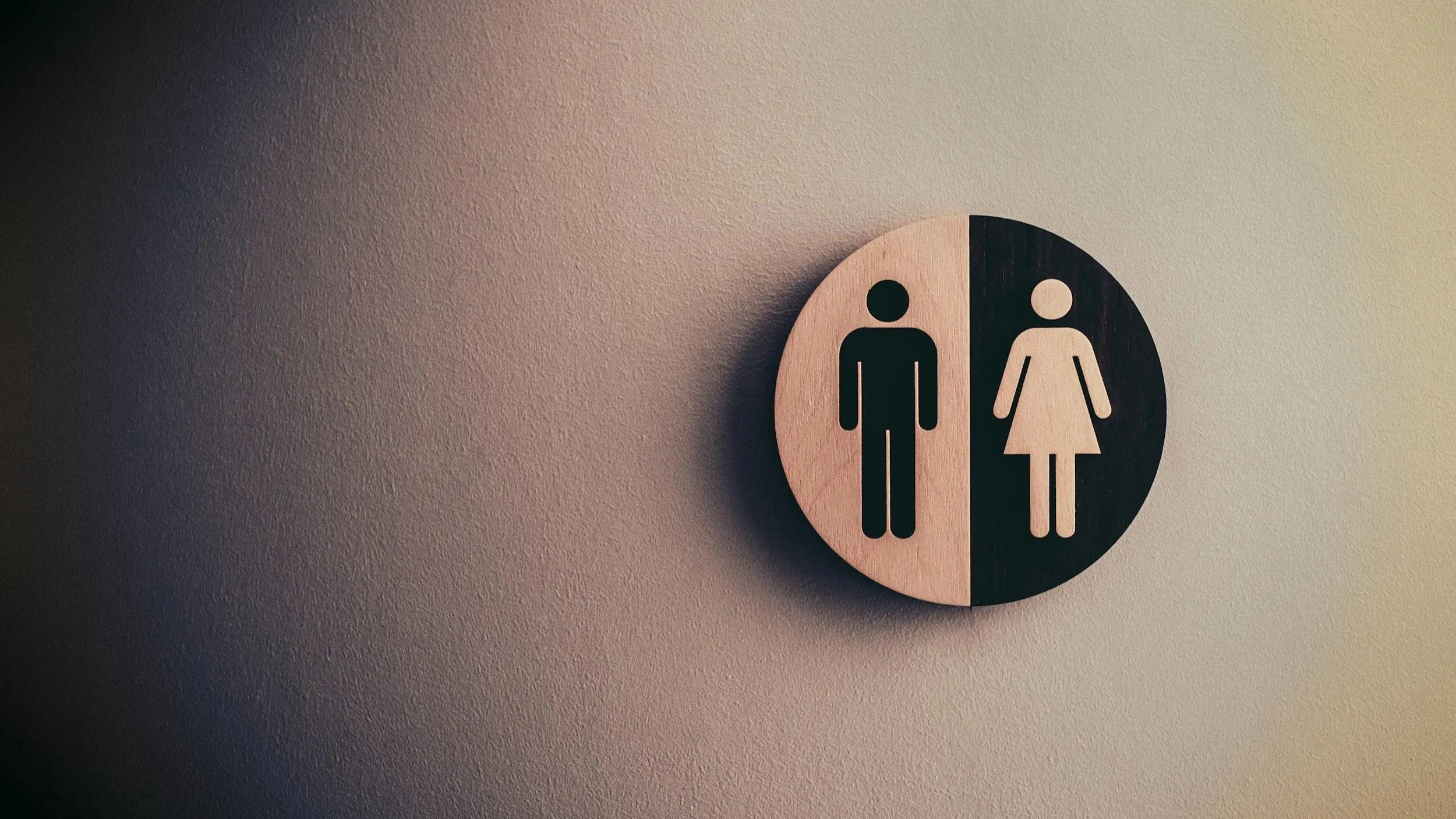Stop the Leak: A Guide to Bladder Control in Postpartum
You're laughing at a joke, sneezing from a sudden allergy, or trying to jump with your kids, and it happens—a small, unexpected leak. For many, this is a common and often embarrassing reality of postpartum life. While bladder leakage, or urinary incontinence, is a highly common issue after childbirth, it is not something you have to live with forever. It is a sign that your body needs attention, and with the right guidance, you can regain control.
The "New Normal" Is Not a Life Sentence
So many women are told that bladder leakage is a normal part of being a mom, but I want to be very clear: it is common, but it is not normal. It is a sign of a muscle dysfunction that can be addressed and improved. This leakage happens when the pressure in your abdomen is greater than the strength of your pelvic floor muscles. Pregnancy and childbirth put immense pressure on your pelvic floor, which can cause these muscles to weaken or lose coordination.
Understanding Your Pelvic Floor
Your pelvic floor is a group of muscles at the base of your pelvis, acting like a hammock to support your pelvic organs, including your bladder. These muscles are essential for bladder control. If they are weak, tight, or uncoordinated, they won't be able to properly do their job, leading to leaks.
Why Is It Happening?
Increased Pressure: During pregnancy, the weight of the baby and uterus puts constant pressure on your pelvic floor.
Stretching and Tearing: A vaginal delivery can stretch or tear the pelvic floor muscles, which can weaken them.
C-Section: Even with a C-section, the muscles of your core and pelvic floor have undergone significant changes, and the surgical incision itself can impact their function.
Lack of Coordination: Sometimes the issue isn't weakness, but a lack of coordination between your core and pelvic floor, which can lead to improper timing and leakage.
Tips for Regaining Control
Correct Breathing: Your breathing is the foundation of a strong core and pelvic floor. Learning to breathe deeply and correctly can help you manage the pressure in your abdomen and engage your core and pelvic floor muscles.
Engage Your Core: Strengthening your core muscles helps support your pelvic floor and reduce the pressure on your bladder.
Practice Proper Posture: Your posture can affect the pressure on your pelvic floor. Keeping your back straight and shoulders back can help reduce this pressure.
Listen to Your Body: Don't push through discomfort or pain. If an activity causes a leak, it is a sign that your body is not ready for that level of intensity.
When to Seek Professional Help
While the above tips can be helpful, for many women, they are just the start of the journey. A pelvic floor physical therapist is an expert in these issues and can perform a personalized assessment to identify the root cause of your leakage. They can develop a customized plan to help you regain bladder control and get you back to doing the activities you love without worry.
You do not have to live with bladder leakage. You deserve to feel comfortable and confident in your body, no matter how many times you sneeze, laugh, or jump.
Ready to get a personalized plan for your recovery? Schedule your free consultation today to learn how I can help.

